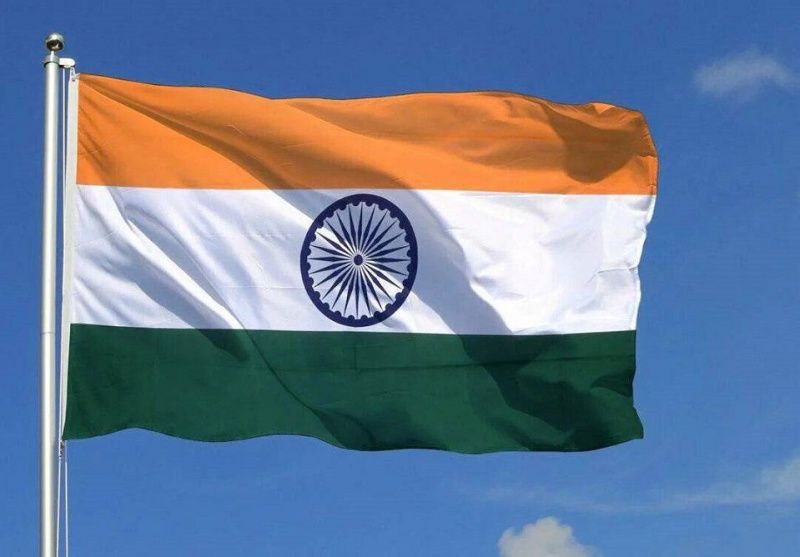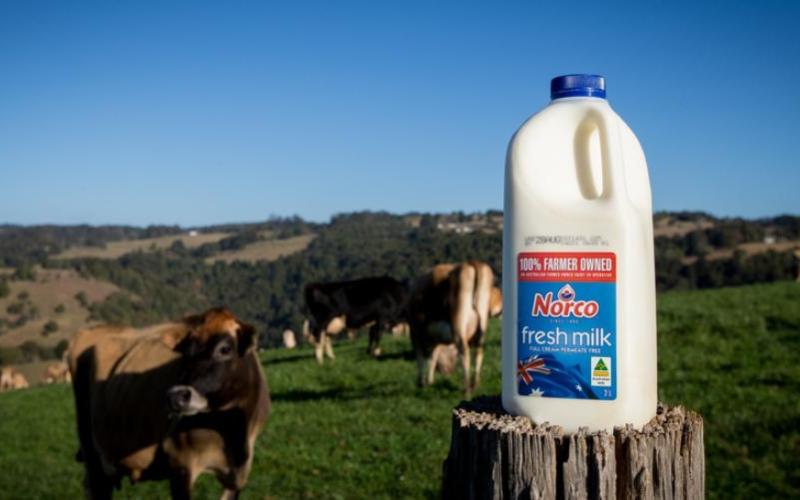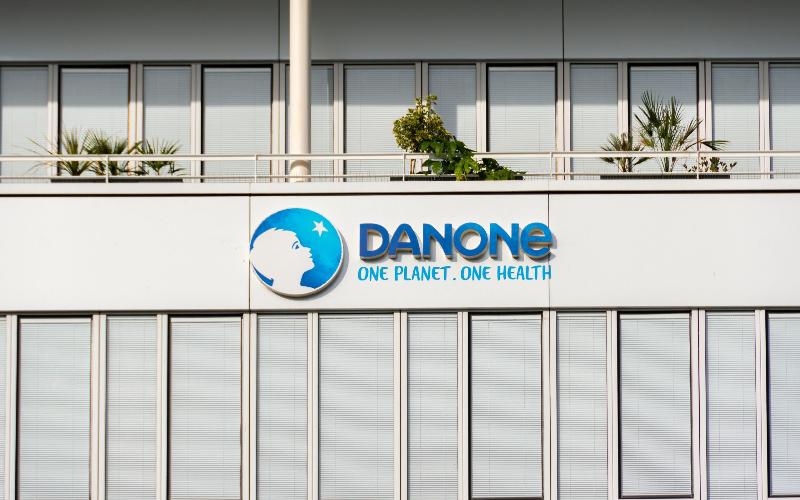Addressing Heat Stress Challenges in India's Dairy Sector: Initiatives and Solutions
Sourse: The DairyNews
India is bracing for a harsh summer in 2024, with the Indian Meteorological Department (IMD) forecasting longer heat waves and rising temperatures. As temperatures soar, concerns arise about the impact on the dairy sector, with heat stress affecting milk production. In response to these challenges, government initiatives are underway to promote climate-resilient dairy practices.

The IMD's projections suggest a worrisome trend of escalating temperatures, with heat waves becoming more frequent and intense. Experts warn that this trend could lead to a temperature rise of up to ±3.5°C by 2050, exacerbating existing challenges.
Heat stress poses significant threats to cattle and buffaloes, impacting their health and productivity. Already, dairy companies are reporting a decrease in milk supply due to heat-induced stress. The Lancet forecasts a potential 25% reduction in milk production by 2085, putting millions of livelihoods and nutritional needs at risk, particularly those of smallholder dairy farmers.
Using the Temperature Humidity Index (THI), dairy experts assess the impact of heat stress on animals. THI values above 72 adversely affect milk production, with each incremental increase resulting in reduced yields. In India's northern plains, where 30% of milk production occurs, THI levels frequently surpass 80 during summers, leading to significant production losses.
Recognizing the severity of heat stress-induced challenges, the Government of India initiated programs in 2017 to develop climate-resilient dairy practices. These initiatives focus on identifying heat-tolerant traits in cattle and promoting indigenous breeds known for their resilience.
However, addressing heat stress requires a multifaceted approach. Climate-resilient management practices, such as custom-designed shelters and feed supplementation, have shown promise but face challenges in scaling up for smallholder dairy farmers.
Parametric-based insurance schemes, such as the THI-based insurance introduced in Kerala, offer financial protection against heat stress-induced losses. Early adoption of such schemes underscores their potential in safeguarding farmers' livelihoods.
Moving forward, holistic approaches at the national level are needed to support the adoption of climate-smart practices among dairy farmers. This includes enhanced advisory services, financial incentives, and the development of comprehensive climate-smart dairy development plans.
In the face of a changing climate, supporting farmers in adapting and building resilience is paramount. By prioritizing animal health and management practices, we can secure income, livelihoods, and nutrition security while ensuring the welfare of our invaluable dairy animals. As caretakers, it is our responsibility to take proactive measures to mitigate the impact of heat stress and safeguard the dairy sector's future.
Heat stress poses significant threats to cattle and buffaloes, impacting their health and productivity. Already, dairy companies are reporting a decrease in milk supply due to heat-induced stress. The Lancet forecasts a potential 25% reduction in milk production by 2085, putting millions of livelihoods and nutritional needs at risk, particularly those of smallholder dairy farmers.
Using the Temperature Humidity Index (THI), dairy experts assess the impact of heat stress on animals. THI values above 72 adversely affect milk production, with each incremental increase resulting in reduced yields. In India's northern plains, where 30% of milk production occurs, THI levels frequently surpass 80 during summers, leading to significant production losses.
Recognizing the severity of heat stress-induced challenges, the Government of India initiated programs in 2017 to develop climate-resilient dairy practices. These initiatives focus on identifying heat-tolerant traits in cattle and promoting indigenous breeds known for their resilience.
However, addressing heat stress requires a multifaceted approach. Climate-resilient management practices, such as custom-designed shelters and feed supplementation, have shown promise but face challenges in scaling up for smallholder dairy farmers.
Parametric-based insurance schemes, such as the THI-based insurance introduced in Kerala, offer financial protection against heat stress-induced losses. Early adoption of such schemes underscores their potential in safeguarding farmers' livelihoods.
Moving forward, holistic approaches at the national level are needed to support the adoption of climate-smart practices among dairy farmers. This includes enhanced advisory services, financial incentives, and the development of comprehensive climate-smart dairy development plans.
In the face of a changing climate, supporting farmers in adapting and building resilience is paramount. By prioritizing animal health and management practices, we can secure income, livelihoods, and nutrition security while ensuring the welfare of our invaluable dairy animals. As caretakers, it is our responsibility to take proactive measures to mitigate the impact of heat stress and safeguard the dairy sector's future.














